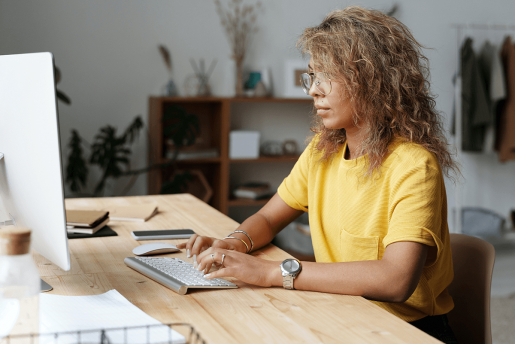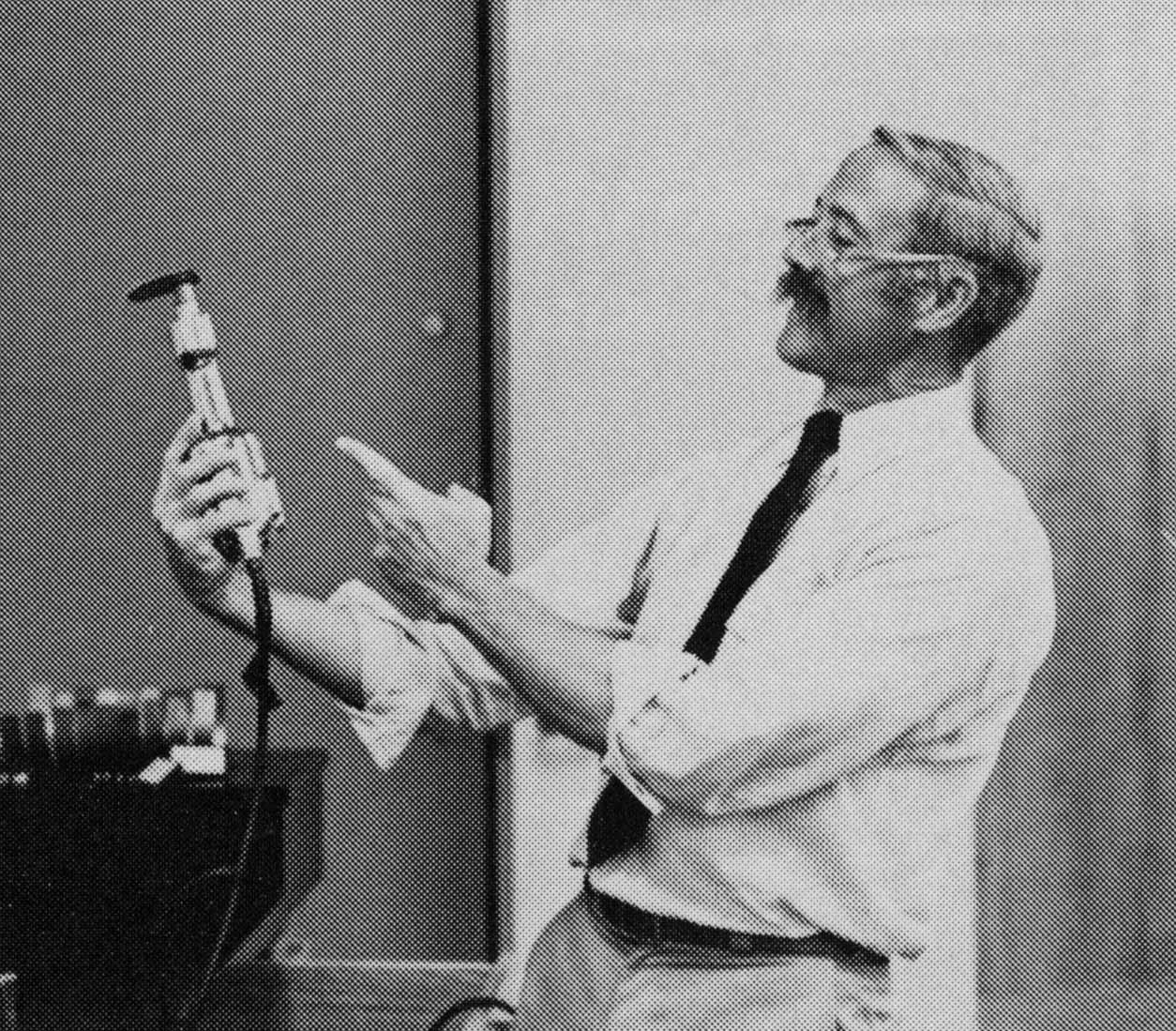Motion is the body’s lotion
Between virtual meetings and binging the latest streaming series, people spend so much of their time sitting. But what is all of this sitting around the computer or in front of the TV doing to our bodies? Dr. Paul Paily, assistant professor of physical medicine and rehabilitation, shares why prolonged sitting is bad for our health and some tips to help you get up and move throughout the day.
 Quesion: What happens to your body when you spend too much time sitting?
Quesion: What happens to your body when you spend too much time sitting?
Answer: When you sit for prolonged periods, blood flow through your body slows down. This can lead to negative impacts on various parts of the body like the cardiovascular system, endocrine system and musculoskeletal system.
Q: What health risks are associated with being too sedentary?
A: There have been studies on the increased risk of cardiovascular disease, stroke, diabetes and obesity due to prolonged sitting. From a musculoskeletal standpoint, there is this “use it or lose it” mentality. We have seen in our clinic that if a patient is spending more time sitting and doing less weight-bearing activities (like standing, walking, etc.), there is an increase in osteoporosis or a lack of bone density in patients.
Q: Are there ways to combat this damage?
A: My thought is it is never too late to reverse some of the damage. While we can’t see what’s happening on the cellular level, we can see there is recoverability and reversibility at the musculoskeletal level. The amount of time it can take to recover can vary and depends on how long you were in a (sedentary) lifestyle.
Q: How can a person be more active during the day if they can’t fit in a workout?
A: It starts by resetting the mindset of “if I can’t get in an hour workout, I shouldn’t work out,” which can take some of the stress out of it. Just remember starting small is OK, so getting in a quick 5-minute walk around the office or house is better than nothing.
Technology like smartwatches and phones help remind people to move and can help reinforce these behaviors. Another option is switching to a convertible standing desk or moving items, so they aren’t as close in proximity to where you work. Finally, turn to the buddy system. Asking a friend to join you in getting more steps can help hold you accountable.
Learn more about Baylor Medicine Physical Medicine and Rehabilitation services.
By Anna Kiappes



